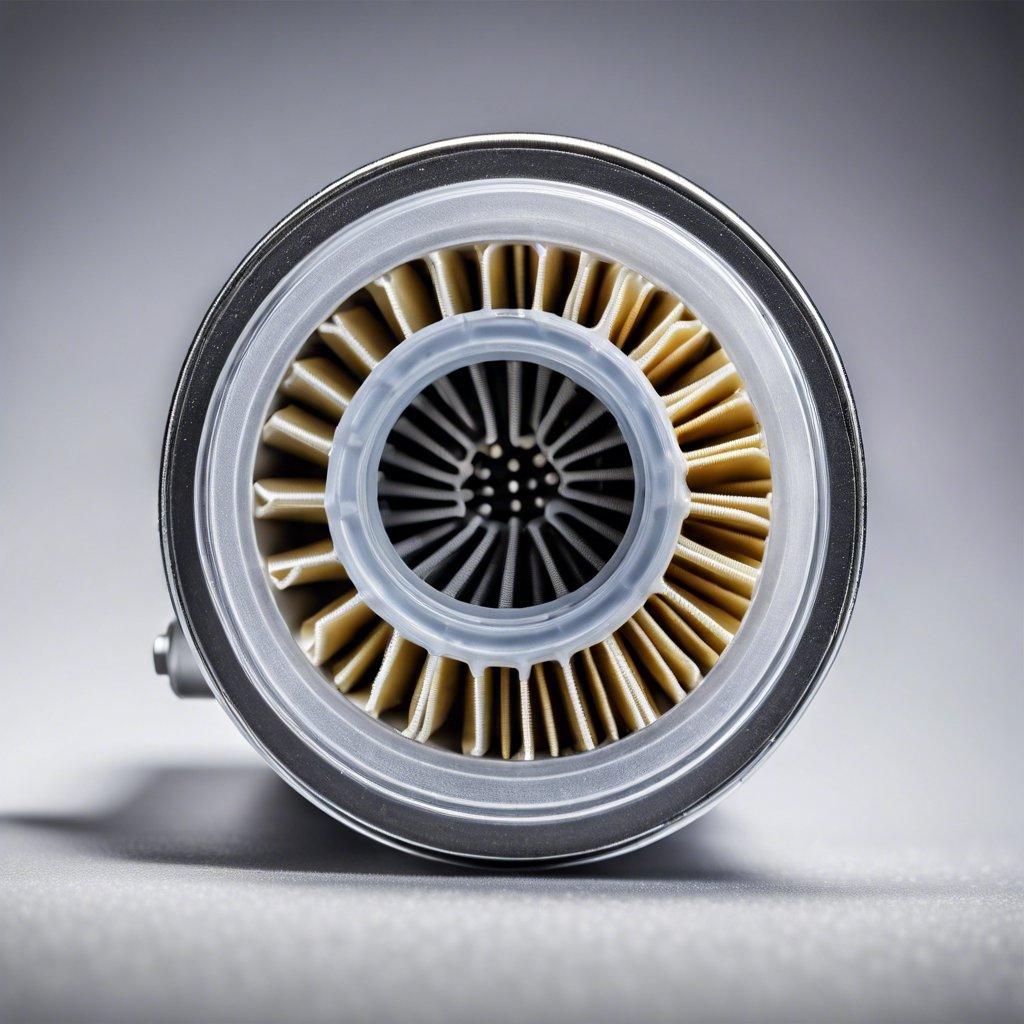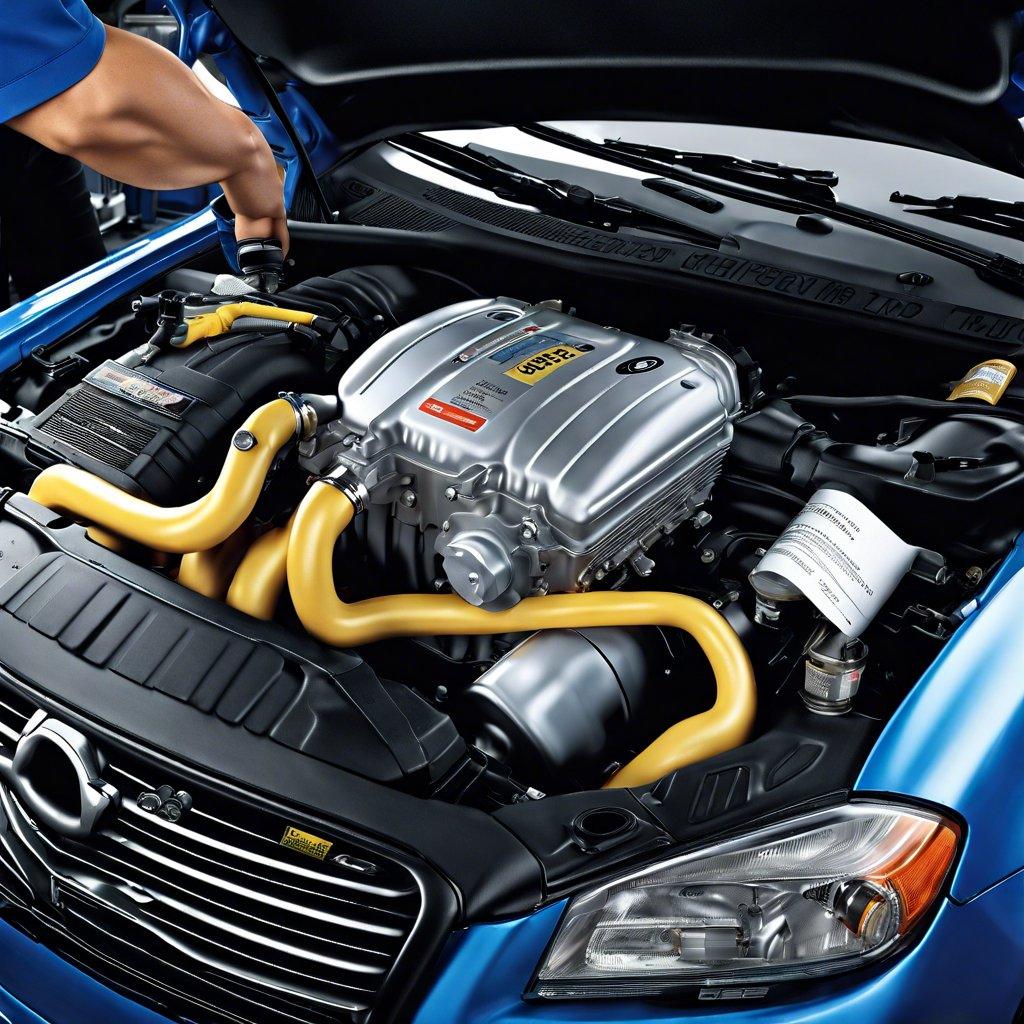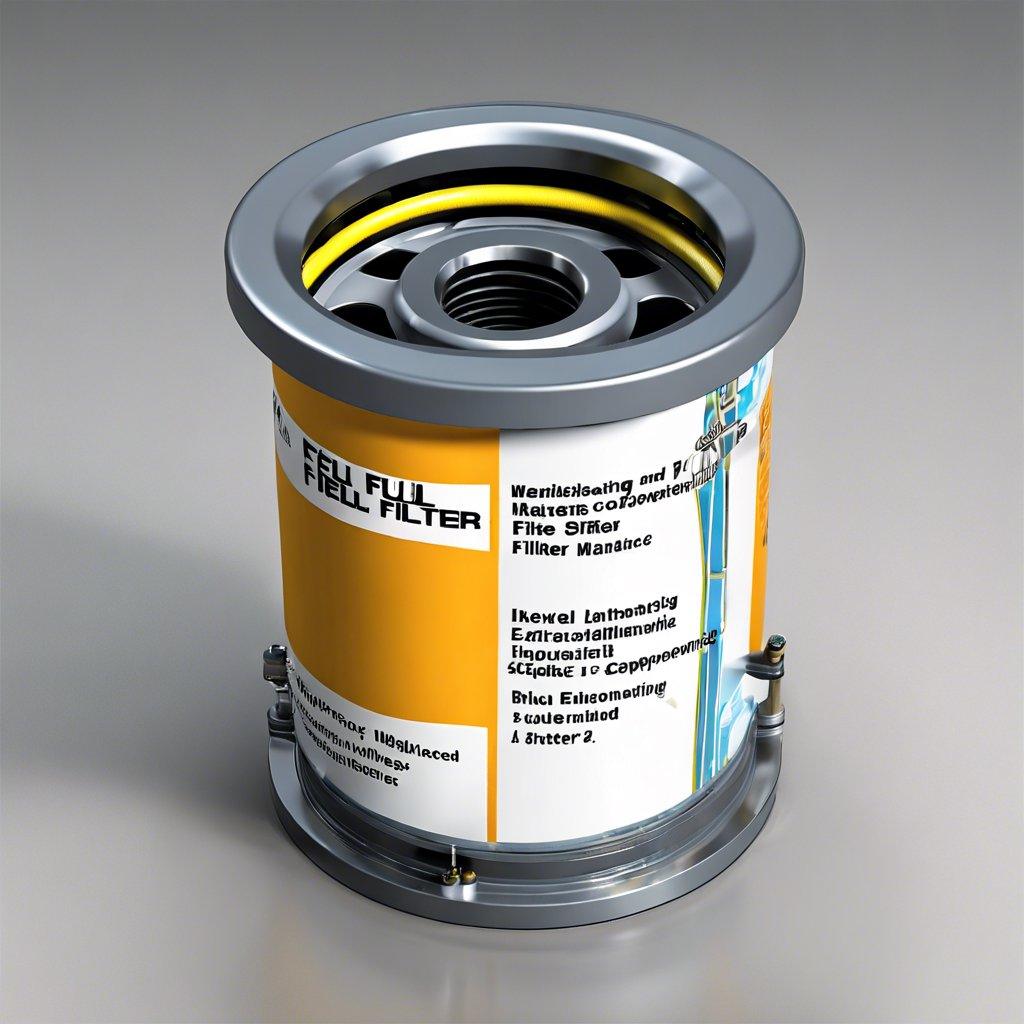Locating Your Fuel Filter: A Quick Guide
Pinpointing the Fuel Filter: An Effortless Expedition

As an engineering or technology professional, locating the fuel filter in your vehicle is a crucial skill. This quick guide will walk you through the process, ensuring you can efficiently identify and access this vital component with ease.
Understanding the Fuel Filter’s Role
The fuel filter is responsible for removing impurities and contaminants from the fuel before it reaches the engine. A properly functioning fuel filter is essential for maintaining engine performance, fuel efficiency, and preventing costly repairs.
Identifying the Fuel Filter’s Location
The fuel filter is typically located in one of the following areas:
- Near the fuel tank, either under the vehicle or in the engine compartment
- Along the fuel line, often near the engine or fuel pump
- Integrated into the fuel pump assembly
The exact location may vary depending on the make, model, and year of your vehicle, so it’s important to consult your owner’s manual or a repair guide specific to your car.
Accessing the Fuel Filter
Once you’ve identified the fuel filter’s location, follow these steps to access it:
- Disconnect the Battery: Ensure the vehicle is parked on a level surface and the parking brake is engaged. Disconnect the negative (-) battery terminal to prevent any accidental ignition or fuel leaks.
- Locate the Fuel Filter: Visually inspect the area around the fuel tank and engine compartment to identify the fuel filter. It may be secured with clamps, brackets, or mounting hardware.
- Disconnect the Fuel Lines: Carefully disconnect the fuel lines from the filter, taking note of their orientation for proper reassembly.
- Remove the Fuel Filter: Unfasten any mounting hardware or clamps and gently pull the fuel filter out of its location.
Replacing the Fuel Filter
| Step | Action |
|---|---|
| 1 | Compare the new fuel filter to the old one to ensure a proper fit. |
| 2 | Install the new fuel filter, ensuring the flow direction matches the old filter. |
| 3 | Reconnect the fuel lines, making sure they are securely attached. |
| 4 | Reconnect the battery and start the engine, checking for any fuel leaks. |
By following these steps, you can efficiently locate and replace the fuel filter in your vehicle, ensuring optimal engine performance and fuel efficiency.
Understanding the Fuel System
The fuel system is a critical component of any vehicle, responsible for delivering fuel from the tank to the engine. At the heart of this system lies the fuel filter, a vital component that ensures the fuel remains clean and contaminant-free before reaching the engine.
Locating the fuel filter can be a straightforward process, but it may vary depending on the make and model of your vehicle. Generally, the fuel filter is positioned along the fuel line, either near the fuel tank or closer to the engine. It is important to consult your vehicle’s service manual or an experienced technician to determine the exact location of the fuel filter in your specific model.
Once you have identified the fuel filter’s location, you can begin the process of accessing it. This may involve removing various components, such as the fuel tank or other parts of the fuel system, to gain direct access to the filter. Ensure that you follow the manufacturer’s instructions and take appropriate safety precautions when working on the fuel system.
After locating and accessing the fuel filter, it is important to replace it at the recommended intervals specified by the vehicle manufacturer. Neglecting to replace the fuel filter can lead to a range of issues, including reduced fuel efficiency, engine performance, and even potential damage to the fuel system components.
Fuel Filter Maintenance
- Inspect the fuel filter for any signs of damage or blockage, such as dirt, debris, or rust.
- Replace the fuel filter as per the manufacturer’s recommendations or if it appears to be clogged or damaged.
- Ensure that the replacement fuel filter is compatible with your vehicle’s make, model, and year.
Troubleshooting Fuel System Issues
| Symptom | Potential Cause |
|---|---|
| Poor fuel economy | Clogged fuel filter |
| Engine misfiring or hesitation | Contaminated fuel due to a faulty fuel filter |
| Difficulty starting the engine | Restricted fuel flow caused by a blocked fuel filter |
By understanding the location and importance of the fuel filter, you can effectively maintain your vehicle’s fuel system and ensure optimal performance.
Uncovering the Fuel Filter: A Streamlined Approach
The fuel filter is a crucial component in your vehicle’s fuel system, responsible for removing impurities and contaminants from the fuel before it reaches the engine. Properly locating and maintaining the fuel filter is essential for optimum engine performance and longevity.
The fuel filter’s location can vary depending on the make and model of your vehicle. It is typically situated along the fuel line, either near the fuel tank, the fuel pump, or the engine. The filter may be easily accessible or hidden, so it’s important to consult your vehicle’s service manual or an experienced technician for guidance.
Inspecting and Replacing the Fuel Filter
Regularly inspecting and replacing the fuel filter is crucial for maintaining your vehicle’s performance. The recommended replacement interval can range from 30,000 to 50,000 miles, but it’s essential to follow the manufacturer’s guidelines for your specific vehicle.
Fuel Filter Removal and Installation
When replacing the fuel filter, it’s important to follow the proper procedures to ensure a safe and effective installation. This may involve disconnecting the fuel line, draining the fuel system, and using specialized tools to remove and install the new filter. Consult your vehicle’s service manual or seek the assistance of a qualified technician for detailed instructions.
Maintaining Fuel System Integrity
In addition to replacing the fuel filter, it’s important to maintain the overall health of your vehicle’s fuel system. This may include regularly inspecting fuel lines for leaks, ensuring proper fuel pressure, and addressing any issues with the fuel pump or other components.
- Consult your vehicle’s service manual for recommended maintenance schedules and procedures.
- Consider using high-quality fuel and fuel additives to help keep the fuel system clean and efficient.
- If you suspect any issues with the fuel system, have your vehicle inspected by a qualified technician as soon as possible.
| Fuel Filter Replacement Interval | Recommended Mileage |
|---|---|
| Typical Recommendation | 30,000 to 50,000 miles |
| Severe Driving Conditions | 20,000 to 30,000 miles |
Tracing the Fuel Line: Discovering the Filter’s Hidden Gem
As an engineering or technology professional, understanding the intricacies of your vehicle’s fuel system is paramount. One of the crucial components within this system is the fuel filter, a vital component that ensures the purity of the fuel reaching your engine. In this detailed guide, we will embark on a journey to locate the elusive fuel filter, uncovering its strategic placement and unveiling its importance in maintaining optimal engine performance.
Tracing the Fuel Line: A Step-by-Step Approach
The fuel filter is typically situated along the fuel line, the conduit that transports fuel from the tank to the engine. To locate the filter, we’ll need to trace the fuel line from the tank to the engine compartment. This methodical approach will lead us directly to the filter’s hidden gem.
- Begin by identifying the fuel tank, which is often located at the rear of the vehicle.
- Visually follow the fuel line as it runs from the tank towards the front of the vehicle.
- The fuel filter will be positioned along this fuel line, typically in an accessible yet discreet location.
Fuel Filter Placement: Uncovering the Hiding Spot
| Location | Accessibility |
|---|---|
| Under the vehicle, near the fuel tank | Moderately accessible |
| In the engine compartment, along the fuel line | Easily accessible |
| Behind the front bumper or wheel well | Slightly more challenging to access |
Familiarize yourself with the common fuel filter placement options in your vehicle to streamline the search process. Remember, the filter’s location may vary depending on the make, model, and year of your car, so be prepared to adapt your approach accordingly.
The Fuel Filter’s Vital Role: Protecting Your Engine
The fuel filter plays a crucial role in maintaining the health and longevity of your engine. By trapping contaminants and impurities before they reach the fuel injectors or carburetor, the filter ensures that clean, uncontaminated fuel is delivered to the engine. This, in turn, helps prevent premature wear and tear on critical engine components, ultimately extending the overall lifespan of your vehicle.
Regularly inspecting and replacing the fuel filter as per the manufacturer’s recommendations is essential for optimal engine performance and fuel efficiency. By locating and understanding the importance of this hidden gem, you’ll be well on your way to maintaining a healthy and reliable fuel system in your engineering or technology-focused vehicle.




Post Comment